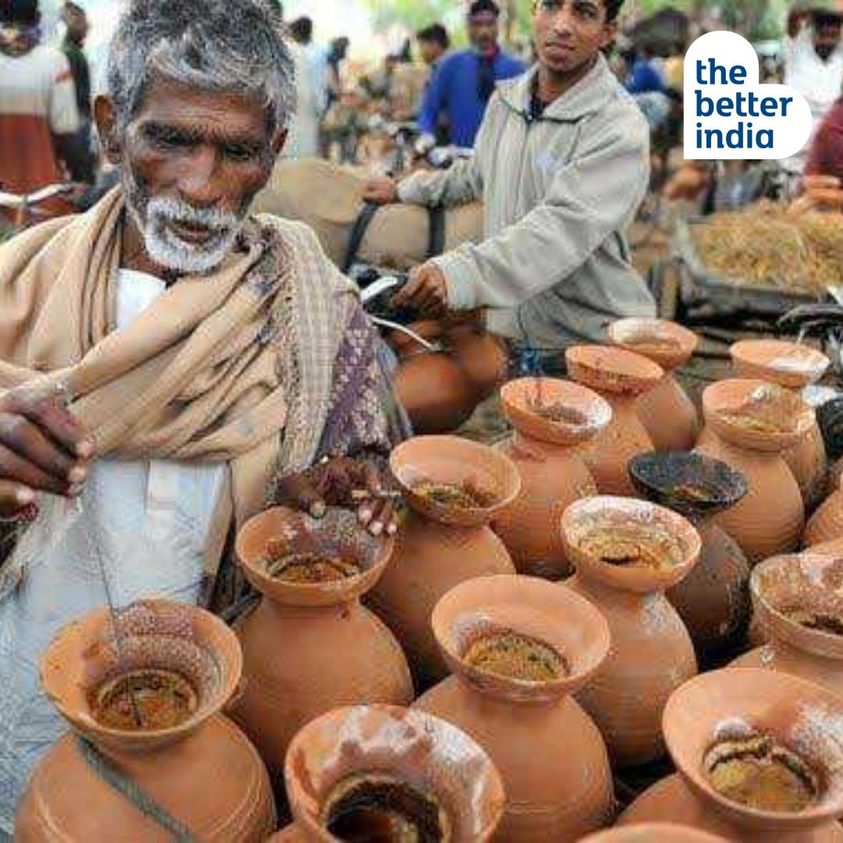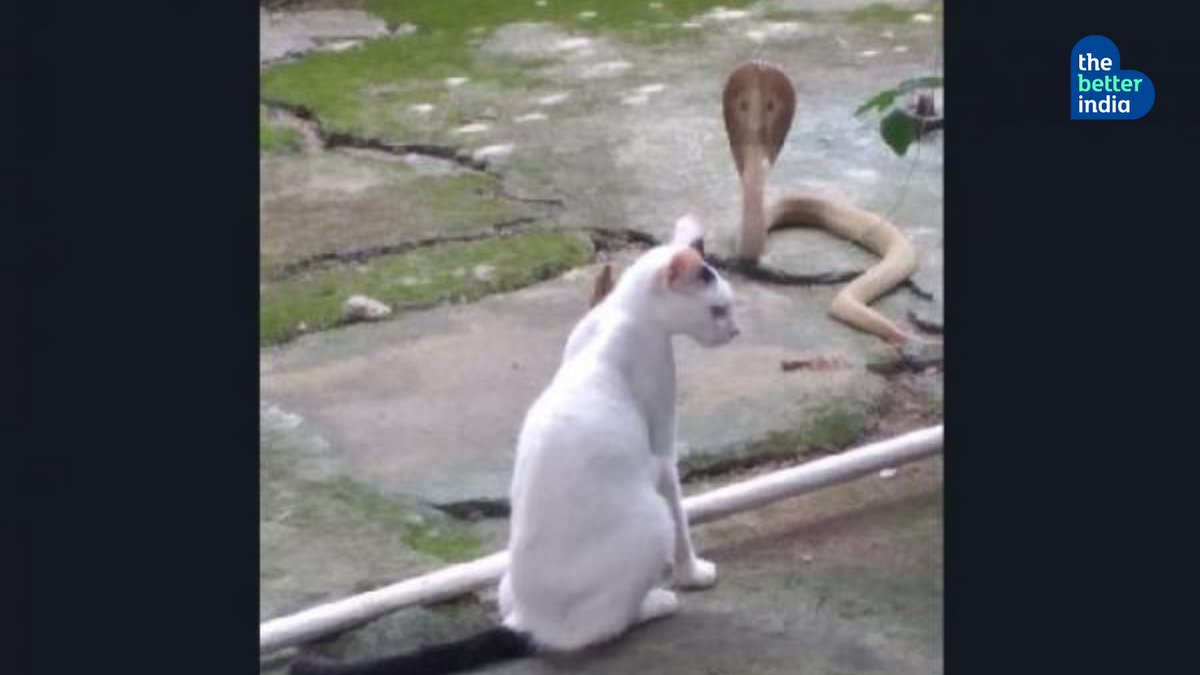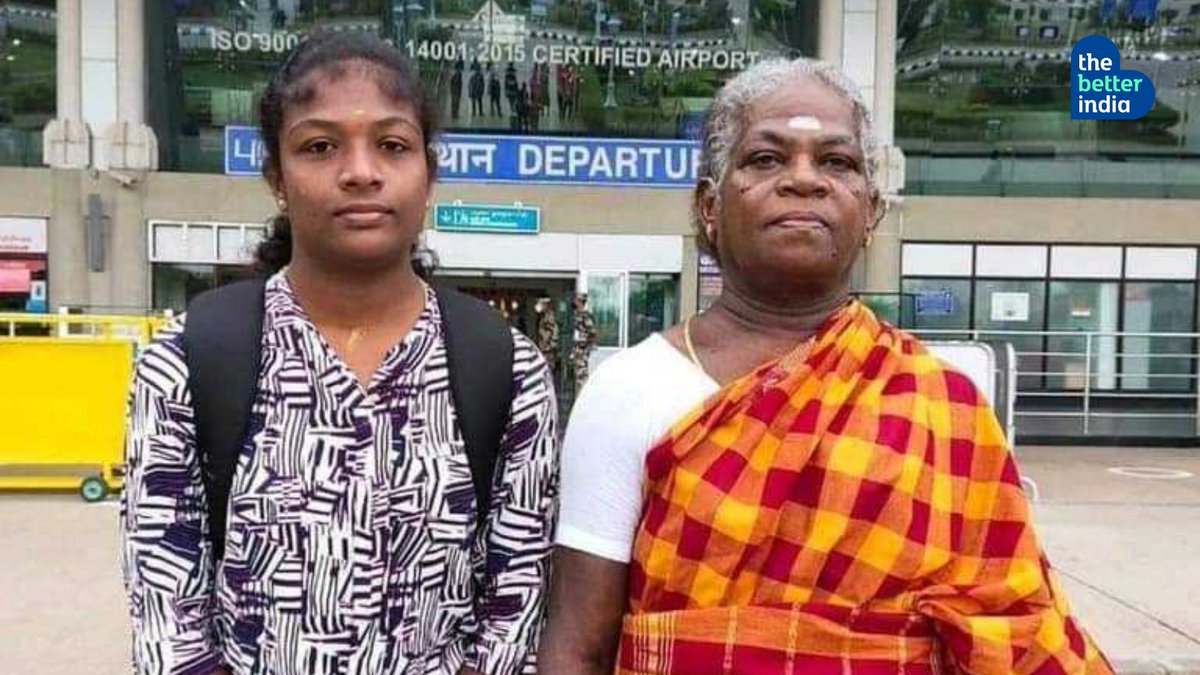
Nolen gur or date palm jaggery, that highly prized seasonal produce that lends a smoky sweetness to milk, occupies a place of pride in Bengal’s already accomplished mishti-making history. (2/13)
As far back as the 4th century BC, Panini wrote, Gurasha auang desho goura, which means Gour is the place of gur. (3/13)
Interestingly, while the demand for nolen gur has steadily increased over the years, nobody really knows much about its unique and climate-sensitive production or about the community that produces it. (4/13)
In the absence of this connect, the Siulis, the community that scale the thorny trees to collect the sap, are almost never acknowledged.
Obtaining the sap requires skill. The tapping is generally done at night. (5/13)
Obtaining the sap requires skill. The tapping is generally done at night. (5/13)
The Siulis climb the tree at dusk, cut the end of the inflorescence (flower cluster), and hang an earthen container from it, leaving it overnight to catch the dripping sap. (6/13)
The tree cannot be tapped if the weather is foggy, drizzly or warm, as the sap will become turbid and sour.
It’s this that makes the gur so sensitive to climatic conditions. The fresh sap of the wild date palm is sweet, fragrant and as clear as drinking water. (7/13)
It’s this that makes the gur so sensitive to climatic conditions. The fresh sap of the wild date palm is sweet, fragrant and as clear as drinking water. (7/13)
Rich in vitamins and iron and with 12-15% sugar, it is a delicious thirst quencher.
However, it ferments quickly along with the rising sun to turn into the alcoholic tari, so the Siulis start work before the crack of dawn. (8/13)
However, it ferments quickly along with the rising sun to turn into the alcoholic tari, so the Siulis start work before the crack of dawn. (8/13)
The pots are brought down from the trees and the collected sap is filtered and poured into open troughs. (9/13)
This juice is then put to boil till the Brix value reaches 118-120%, a calculation that experienced Siulis make just by sight and touch alone, without any modern instruments. (10/13)
Date palm jaggery can be eaten as nolen gur — the softer, golden coloured gur, named after the nol, or the pipe that is used to collect the sap, and from nolen meaning new. (11/13)
Or as jhola gur, the viscous liquid gur made by reducing the sap but stopping short of crystallisation.
Jhola comes from the Bengali word for ‘hanging’ — the way the pots are hung. Jhola gur has low shelf life but high aroma. (12/13)
Jhola comes from the Bengali word for ‘hanging’ — the way the pots are hung. Jhola gur has low shelf life but high aroma. (12/13)
It is reduced further on low heat and poured into terracotta moulds to yield the solidified khejurer gur, which has the highest shelf life of about eight months. (13/13)
• • •
Missing some Tweet in this thread? You can try to
force a refresh










